
Huize Hongse (Red) Culture Exhibition Hall, Qujing
Overview
The Huize Hongse Culture Exhibition Hall (会泽红色文化展览馆) was established in October 2005 by Zhang Shouzhen (张守政), a military veteran who served in the Sino-Vietnamese War, and Li Xingrong (李兴荣), a retired soldier. It holds the distinction of being Yunnan Province’s first privately founded, non-profit red culture exhibition hall. The hall is themed “Iron Flow Surging” and comprises four main sections:
- Red Army Long March Historical Sites (红军长征史迹)
- National Defense and Military Construction (国防和军队建设)
- Party Style and Clean Governance (党风廉政建设)
- Education in Ideology and Morality (思想道德教育)
With a solemn atmosphere, rich content, detailed historical documentation, and profound significance, the exhibition hall is the most extensive individual red culture exhibition in Yunnan to date.
Exhibition Hall Features
Size and Layout
The Huize Hongse Culture Exhibition Hall spans an impressive 1,200 square meters and is composed of three major exhibition zones and twelve exhibition rooms. It houses over 100,000 exhibits that provide a comprehensive look at party history, military history, integrity culture, and ideological education.
Architectural Style
The architectural design is a unique blend of Chinese and Western influences, featuring a two-courtyard layout that includes:
- Entrance Gate (品级门)
- Front Garden (前花园)
- Main Hall (中堂)
- Back Hall (后堂)
- Rear Garden (后花园)
The building was originally owned by Zhang Zijia (张子佳), a prominent figure during the Republic of China era. Visitors are invited to journey through a “tunnel of time,” exploring revolutionary history and experiencing the patriotism and heroism of previous generations.
Guided Tour
We were honored to have Mr. Li Xingrong lead the tour of the thematic exhibition. The hall showcases numerous red cultural artifacts from both the Red Army’s Long March and the 1980s. Mr. Li painstakingly collected these items through various means, including purchases, exchanges, and international sourcing.
After the tour, Mr. Li passionately recounted the story of the Red Ninth Army Corps’ expansion in Huize during the Long March and shared the motivations behind establishing the exhibition hall. He remarked, “The day I put on the military uniform, I felt an immense honor. Although I am retired and have faced many challenges, those days are the most precious memories of my life. Establishing this exhibition hall is my way of ensuring that our ideals and beliefs endure.”
Mr. Li’s selfless dedication has greatly enhanced the exhibition hall’s value to society, allowing younger generations to immerse themselves in the past. He has been recognized as a “National Advanced Individual in Red Culture Tourism.” Members of our group were deeply moved by the inspiring stories of the Long March and motivated by Mr. Li’s narrative, expressing their resolve to strengthen their ideals and respond to contemporary calls for action while striving for modernization in China.
Importance of Red Culture
Red culture forms an essential part of China’s revolutionary history, serving as both a valuable heritage of the nation’s history and an inspiring force for youth development. Learning and inheriting red culture can empower young people to better understand history, solidify their ideals and beliefs, and improve their moral and cultural qualities, thereby contributing to the realization of the Chinese Dream of national rejuvenation.
Exhibition Sections
The exhibition hall comprises four primary parts:
1. Qingyuan Liuchang (清源流长)
This section highlights the remarkable journey of the Chinese Workers’ and Peasants’ Red Army from October 1934 to October 1936. Over two years, the army traversed eleven provinces, marking a significant strategic shift in China’s revolutionary history. The Long March symbolizes a “Red Ribbon” representing the spirit and faith of the Communist Party, which continues to inspire today.
Exhibits: Artifacts and photographs from the revolutionary leaders during the Long March period.
2. Qingxin Xiangyang (清心向阳)
This part focuses on the Red Army’s Ninth Corps, which, in May 1935, advanced through Huize, capturing the county seat, publicly trying criminals, opening granaries, and expanding the Red Army. This event is a significant highlight in Huize’s history.
Exhibits: Historical documents, photographs, and artifacts related to the events in Huize.
3. Qingde Zhao Zhao (清德昭昭)
This section reflects on the enduring legacy of the Red Army, emphasizing the values of serving the people, integrity, and dedication to frugality, which continue to influence modern society.
Exhibits: Artifacts and writings that illustrate the spirit of service and sacrifice.
4. Qingfeng Zhengjing (清风正劲)
The history of the Communist Party of China is depicted here, highlighting its struggles for national independence and the importance of anti-corruption. This section includes significant discourses from party leaders that have guided anti-corruption efforts throughout history.
Exhibits: Documents and materials that showcase the Party’s dedication to integrity and reform.
Special Exhibition
Mao Zedong Statue and Medal Exhibition Hall
Located on the second floor of the main hall, this section is dedicated to Mao Zedong (毛泽东), a pivotal figure in 20th-century China whose influence shaped the nation’s history. The Mao Zedong medals represent a unique culture of insignia, embodying the essence of world badge art.
Exhibits: A variety of Mao Zedong medals and related artifacts, each symbolizing aspects of revolutionary history and Mao’s legacy.
Exhibits on the Vietnam War
The back hall focuses on exhibitions related to the Sino-Vietnamese conflict, featuring artifacts, military honors, uniforms, and detailed accounts of battles fought during this period.
Battle Overview
- Old Mountain Battle (老山战斗): Initiated on April 28, 1984, resulting in over 900 enemy casualties.
- Zhe Yin Mountain Battle (者阴山战斗): From April 30 to May 1, 1984, marked by a successful recovery of territory with 98 Chinese casualties.
Visitor Information
Ticket Price
The entrance fee is 10 yuan (free for children under 1.2 meters tall and seniors over 70).
Location
The Huize Hongse Culture Exhibition Hall is situated in Erdao Lane (二道巷), Huize County, Qujing City, Yunnan Province.
How to Get There
To reach the Huize Hongse Culture Exhibition Hall:
- By Bus: Take a bus from Qujing City to Huize County and walk to Erdao Lane.
- By Taxi: Use a taxi or ride-sharing service directly from Qujing City to the exhibition hall.
Travel Tips
- Best Time to Visit: Plan your visit during weekdays to avoid crowds and ensure a more personalized experience.
- Duration: Allocate at least 2-3 hours for a thorough exploration of the exhibition and to fully appreciate the historical context.
- Respect the Space: Be mindful and respectful while viewing exhibits and participating in guided tours, as many artifacts are of significant cultural and historical importance.
- Pre-Visit Research: Consider reading about the Long March and Mao Zedong’s contributions to better appreciate the exhibits and their significance.
- Photography: Check the rules regarding photography in the exhibition hall to ensure compliance with any restrictions.
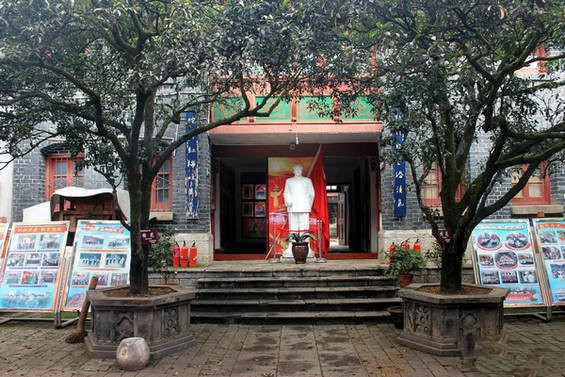
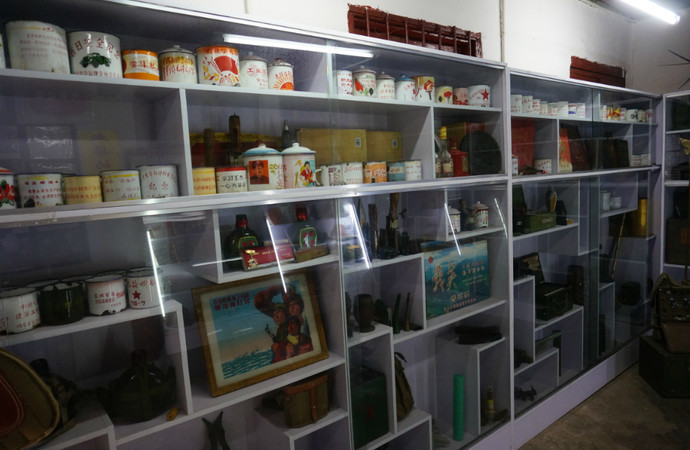
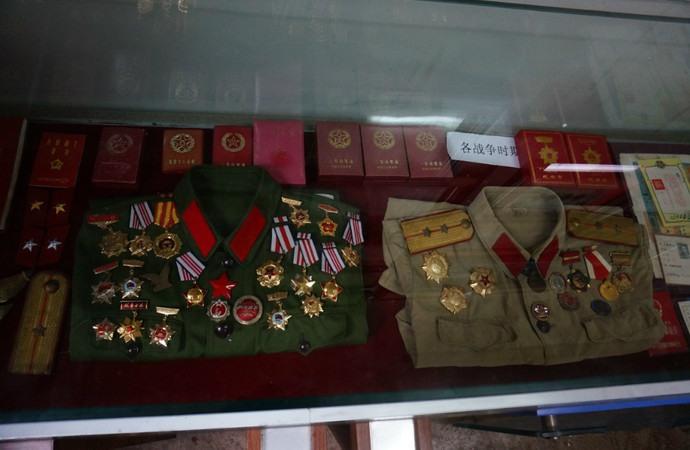
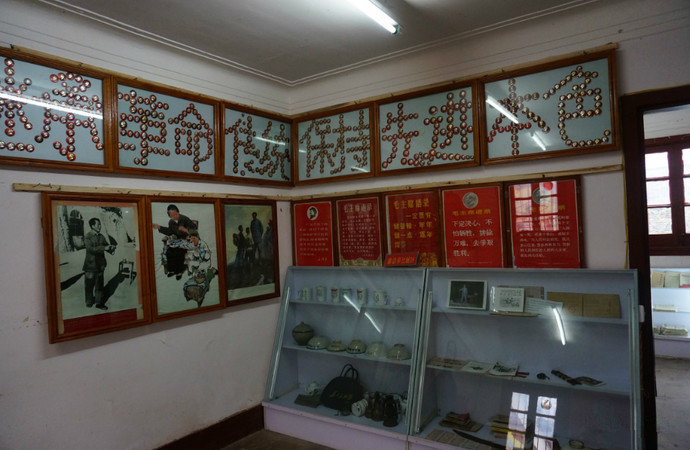
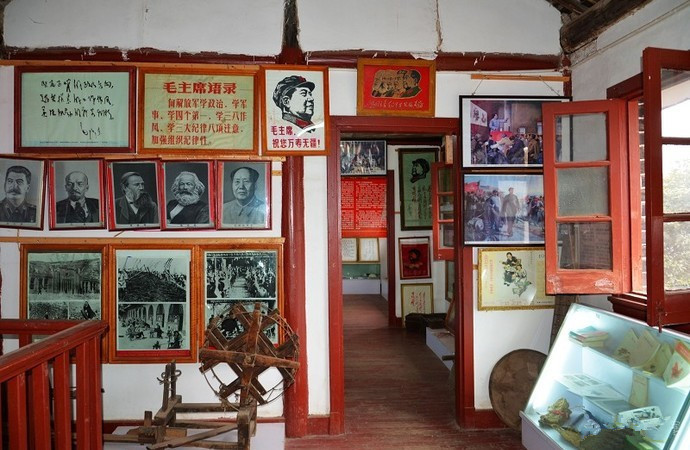
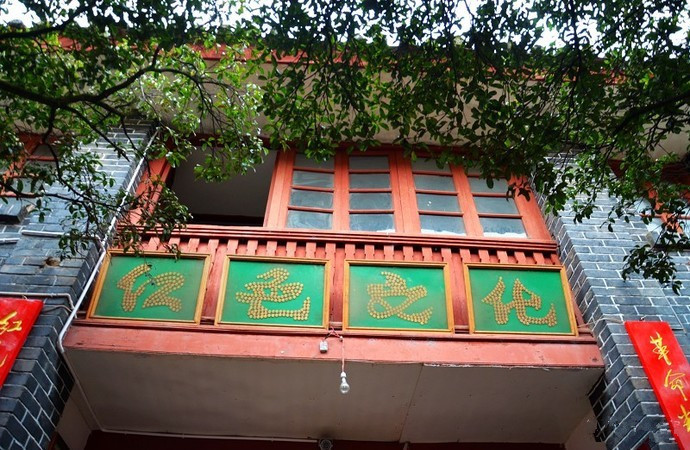
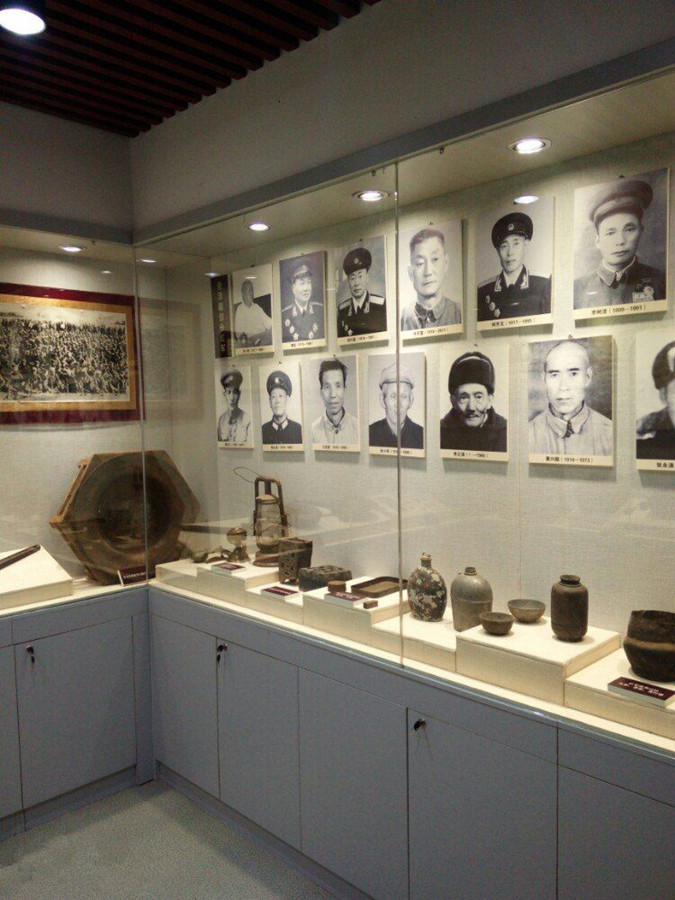
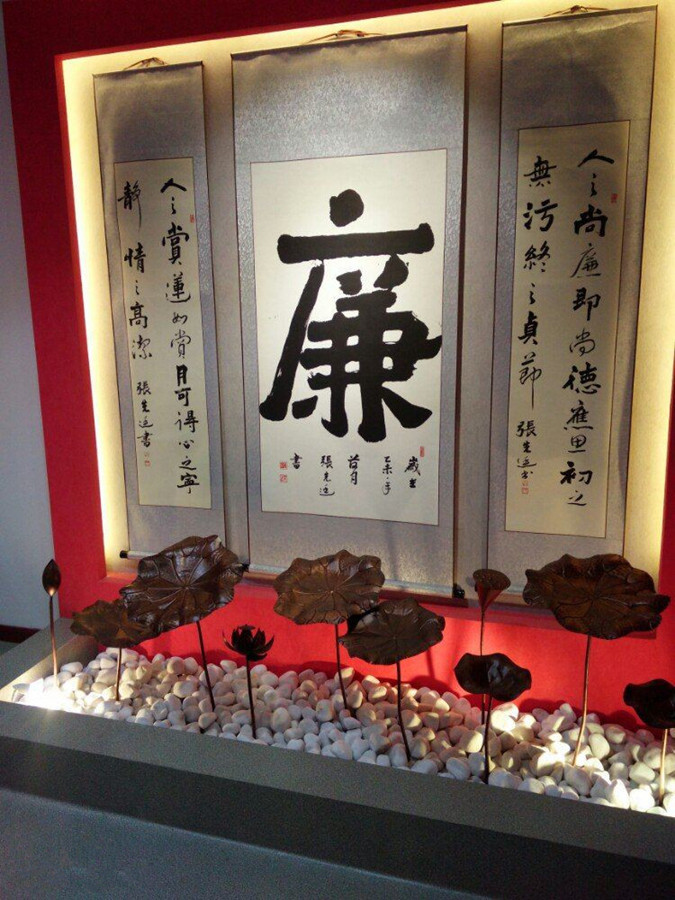
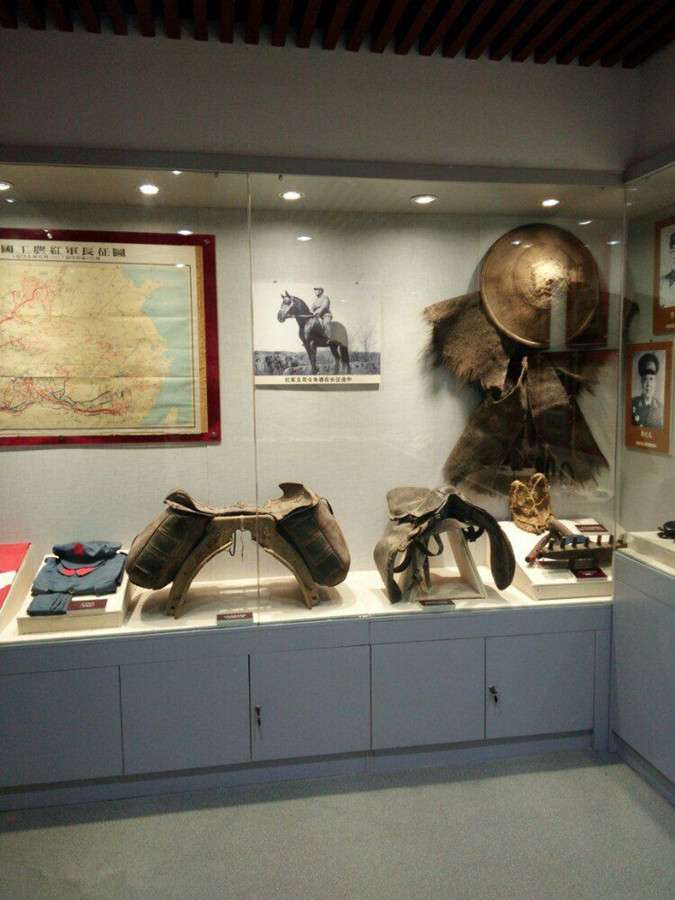

 7 Days GolfingTour
7 Days GolfingTour
 8 Days Group Tour
8 Days Group Tour
 8 Days Yunnan Tour
8 Days Yunnan Tour
 7 Days Shangri La Hiking
7 Days Shangri La Hiking
 11 Days Yunnan Tour
11 Days Yunnan Tour
 6 Days Yuanyang Terraces
6 Days Yuanyang Terraces
 11 Days Yunnan Tour
11 Days Yunnan Tour
 8 Days South Yunnan
8 Days South Yunnan
 7 Days Tea Tour
7 Days Tea Tour
 8 Days Muslim Tour
8 Days Muslim Tour
 12 Days Self-Driving
12 Days Self-Driving
 4 Days Haba Climbing
4 Days Haba Climbing
 Tiger Leaping Gorge
Tiger Leaping Gorge
 Stone Forest
Stone Forest
 Yunnan-Tibet
Yunnan-Tibet
 Hani Rice Terraces
Hani Rice Terraces
 Kunming
Kunming
 Lijiang
Lijiang
 Shangri-la
Shangri-la
 Dali
Dali
 XishuangBanna
XishuangBanna
 Honghe
Honghe
 Kunming
Kunming
 Lijiang
Lijiang
 Shangri-la
Shangri-la
 Yuanyang Rice Terraces
Yuanyang Rice Terraces
 Nujiang
Nujiang
 XishuangBanna
XishuangBanna
 Spring City Golf
Spring City Golf
 Snow Mountain Golf
Snow Mountain Golf
 Stone Mountain Golf
Stone Mountain Golf


















